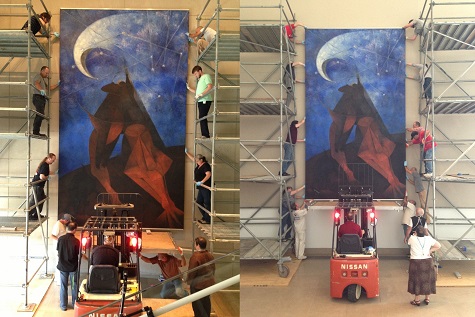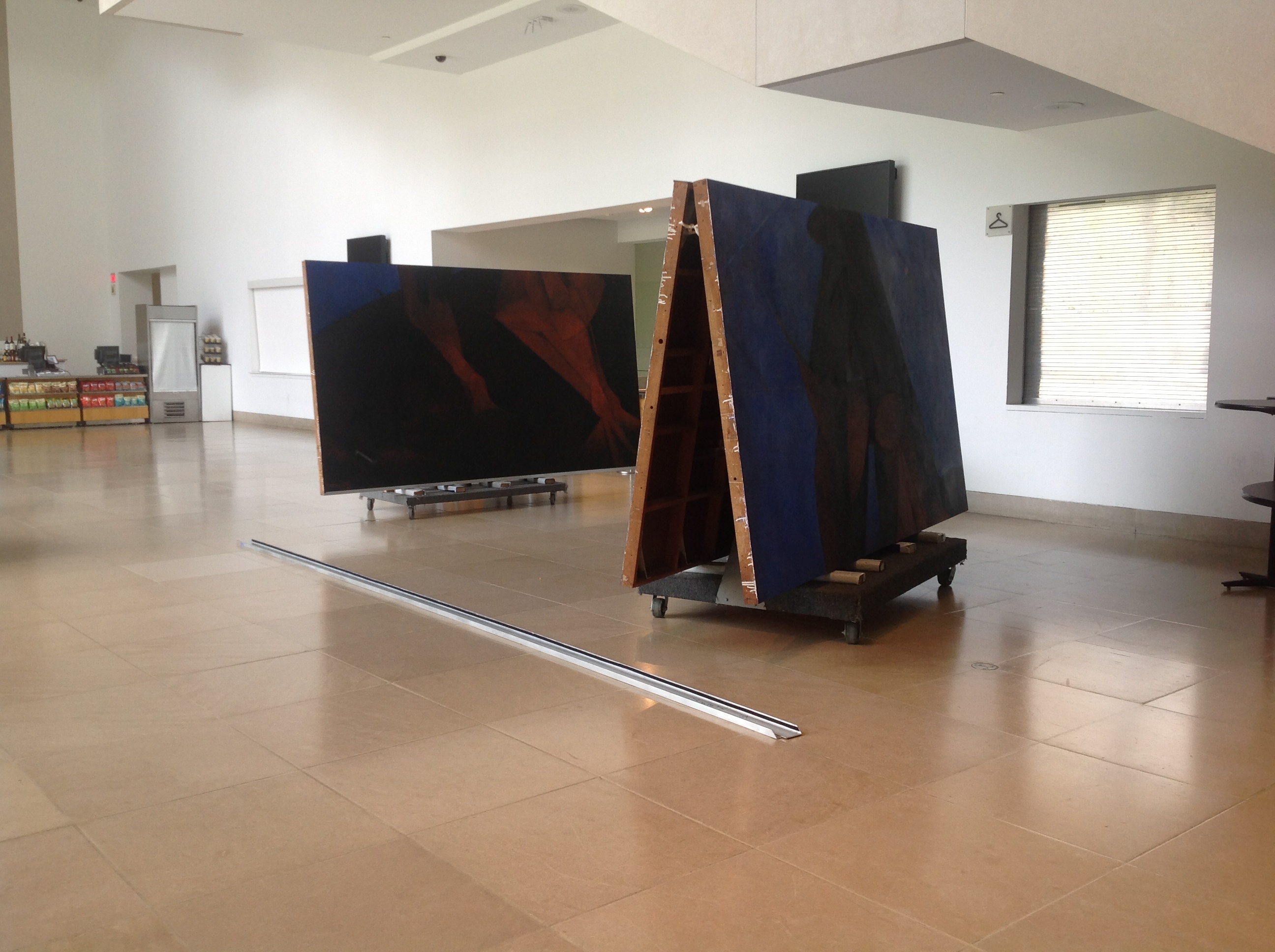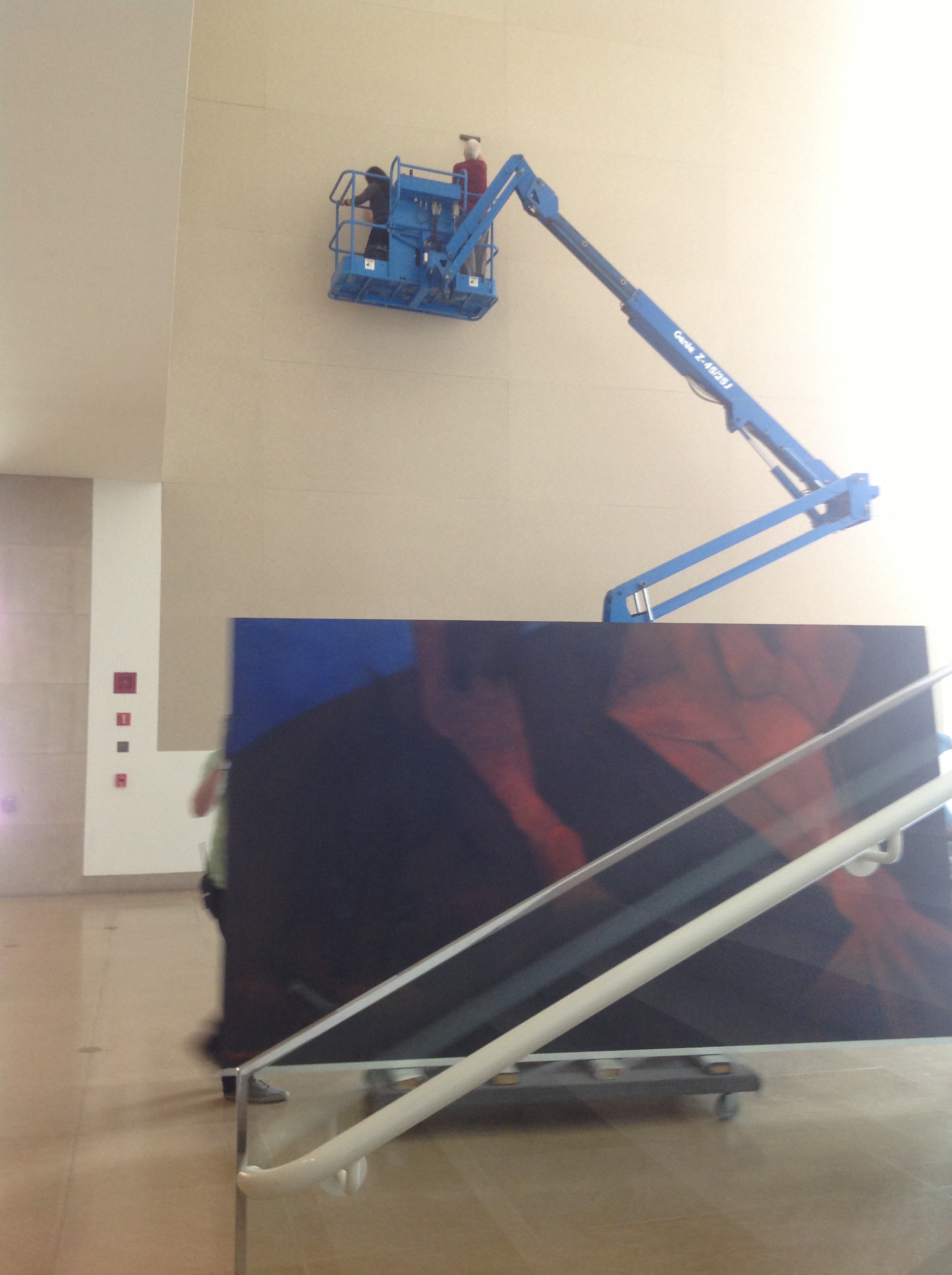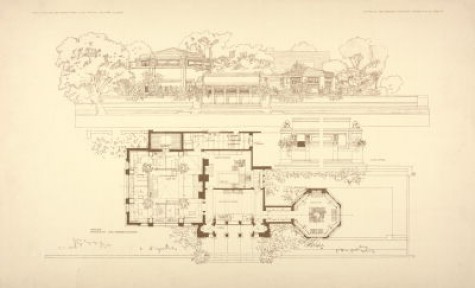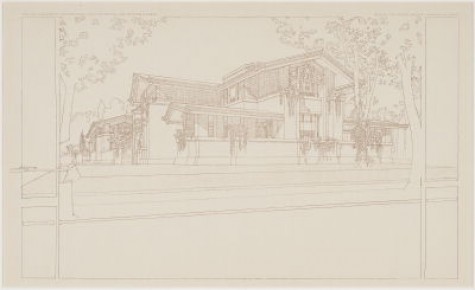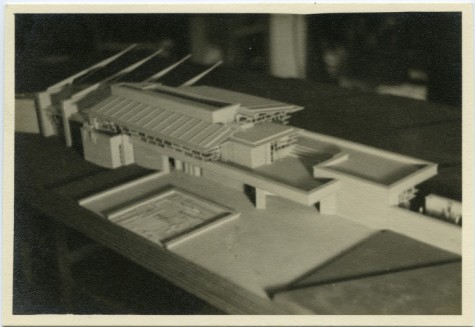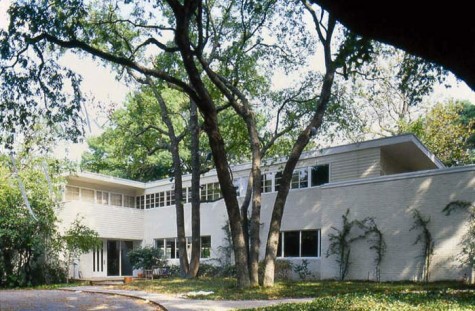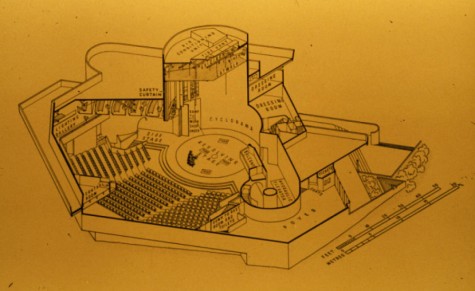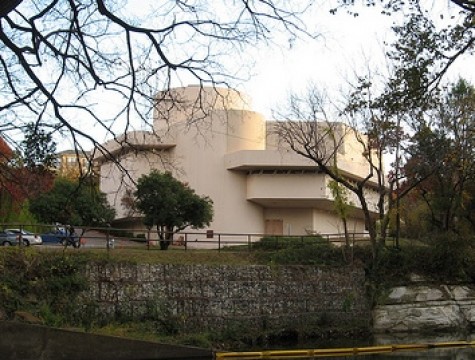During the first ten years of the House of Dior’s existence, Dallas played a pivotal role in the label’s expansion across the Atlantic. Dallas was the first city that Christian Dior visited in the US, when he traveled in 1947 to receive the Neiman Marcus Award for Distinguished Service in the Field of Fashion (called the “Oscars of the fashion industry”).[1] Not only was Dior impressed by the city and by Neiman Marcus itself, which became from that point forward a major retailer of Dior, but he also became close friends with Stanley Marcus, the store’s then-owner. Their relationship is recorded in photographs taken by Marcus as well as in telegrams and letters now kept in the Stanley Marcus Papers at SMU. Collectively, they demonstrate the importance of Dallas to this iconic label and its founder.
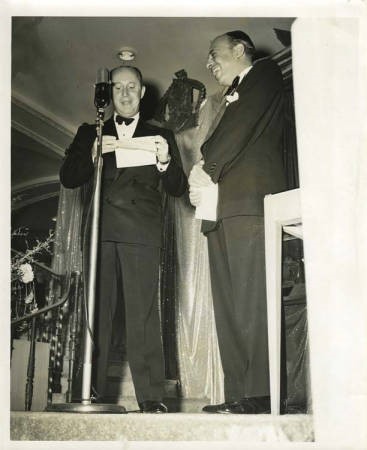
Dior’s 1947 visit to Dallas, when he was recognized with the Neiman Marcus Award as “master of the moment in the ranks of French couture,” introduced him to the world of American fashion.[2] Honored alongside Italian shoe designer Salvatore Ferragamo, British fashion designer Norman Hartnell, Hollywood costume designer Irene, and actress Dolores del Rio, Dior presented his revolutionary “New Look” to the American South with three outfits specially commissioned for the exposition.[3] The trip inspired him to think of adapting his work to the less formal dressing style of American consumers.[4] A year after his Dallas trip, Dior created his Christian Dior-New York label of ready-to-wear outfits for the American lifestyle. Sold primarily through the house’s boutique in New York, the label was also sold in select stores throughout the US, including at Neiman Marcus.[5] Dior likely exhibited works from this new label when he returned a second time to Dallas in 1950 to show outfits and examples from his new line of men’s ties.[6] Dallas was the site of a major exhibition of Dior’s fashion again in 1954 when it was the only US stop in a Pan-American tour of the recent Paris line.[7]
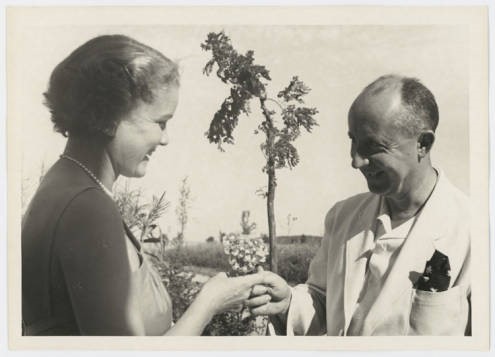
During this time, Stanley Marcus and Dior continued to develop their friendship. Numerous photos in the collection show that Marcus visited Dior in France at both his Paris apartment and his country home in Grasse. Letters and telegrams back and forth show the two discussing business as well as personal events in their lives. The relationship between Dior and Stanley Marcus resulted in a large representation of Dior’s products at Neiman Marcus’s 1957 French Fortnight, a two-week-long event that honored the store’s fiftieth anniversary. The accompanying booklet highlighted the range of goods from France’s most well known brands available for purchase, as well as local events celebrating French culture. Dior was represented in a stall that reproduced the original boutique on the Avenue Montaigne, and the company launched its perfume Diorissimo there.[8] Dior was unfortunately unable to attend, and, in fact, he would die before the Fortnight ended. Nevertheless, Dior’s close relationship with Dallas was highlighted by the fact that a poster advertising the Fortnight hung for a time in Dior’s Paris boutique.[9] The next year, Yves Saint Laurent’s first US visit was also to Dallas to receive the Neiman Marcus Award, citing the trip his predecessor took 11 years before.[10] Dallas was a clear focal point of activity for Christian Dior and a city of enormous symbolic importance, and it is therefore appropriate that the man and his label are currently being celebrated at the DMA.

My thanks to Hillary Bober, archivist at the DMA, Natalie “Schatzie” Lee, research volunteer, and the librarians at SMU for their assistance in this research.
Get a closer look at more archival materials that illustrate Dior’s history with Dallas in Dior: From Paris to the World, on view through September 1. Timed tickets are required for all visitors of the exhibition, which can be purchased in advance here.
Nicholas de Godoy Lopes is the McDermott Intern for Decorative Arts and Design at the DMA.
[1] Marihelen McDuff, Neiman-Marcus Award press release (Dallas: Neiman-Marcus, 1947), 1.
[2] Tenth Annual Fashion Exposition Show invitation (Dallas, Texas: Neiman-Marcus, 1947), 2.
[3] McDuff, Neiman-Marcus Award press release, 3.
[4] Alexandra Palmer, “Global Expansions and Licenses,” in Dior: A New Look, A New Enterprise, 1947-1957 (London: V&A Publishing, 2009), 78.
[5] Ibid.
[6] Katherine Dillard, “Christian Dior Says Fashion Will Stress Feminine Curves,” The Dallas Morning News, October 17, 1950.
[7] Palmer, “Global Expansions and Licenses,” 107; “Dior’s Paris Collection to Make Only U.S. Appearance in Dallas,” The Dallas Morning News, November 7, 1954.
[8] Anne Wright to Stanley Marcus, May 1, 1957; Neiman-Marcus, Neiman-Marcus Brings France to Texas: Everything from A to Z (Dallas: Neiman-Marcus, 1957), unpaginated.
[9] Stanley Marcus to Christian Dior, October 2, 1957.
[10] “For N-M Award: Shy Young Designing Genius Plans First Trip to America,” The Dallas Morning News, August 2, 1958.
